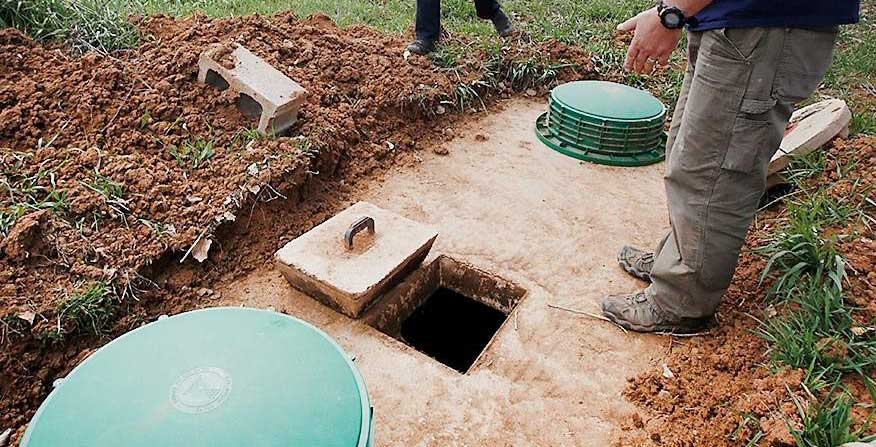
A septic tank inspection is a routine assessment of the condition and operation of a residential or commercial septic system. Local health departments across the US allow homeowners and home managers to ensure their septic tank is properly maintained to increase their durability and avoid deadly pollution of the groundwater. Home inspectors also record failed septic systems which can reduce property values substantially.
What is the guide for a septic tank inspection?
A septic tank inspection checklist is used as a handbook for the proper maintenance of a septic system and the avoidance of expensive repairs. Features of this article how to check the septic tank before, during, and after.
A septic tank inspection seems easy to carry out and is therefore often done independently by property managers and Home Inspectors. Even an inspection of septic tanks by approved contractors may be fatal if performed wrongly. What would you do before, during and after an examination of the septic tank?
Before inspection of the septic tank.
- Check details on the septic system
Make sure that you confirm with the local health services if there were any repairs, when the septic tank was last pumped and how old it is. Consult prior inspection records and verify the seller, realtor or other credible sources for the documents.
- Identify the type of septic system
The inspectors can easily search for specific faults, as they know exactly what the septic system is — gravity, sand filter, mound, cesspool, or dry well. It will also help to ensure the consistency of the checks by taking note of the number of rooms on the property and the period it is empty or occupied.
- Identify the septic system’s location.
The septic system, as a drawing, specifically identifies the position of the septic tank, the opening cables and the observation pipes. Before starting septical tank inspection, take it on-site for an efficient inspection process and accompany it by someone.
Inspection during a septic tank.
- Using gloves and cover eyes Wear
To prevent prolonged inhalation of poisonous gases and the direct contact with bacteria that cause disease, inspectors must wear appropriate protective clothing. Prepare the right instruments for the septic tank test, including tape measurement to measure scum and sludge. Prevent trip hazards by having all resources in one place during the inspection.
- Keep septic holes open before you
Remember NOT to place in the head or to enter the septic tank after opening the cloth. Do not turn your septic back or leave it open because it raises the chances of falling, leading to unnecessary damage (or even death).
- Using a guide for a septic tank.
Land managers, home inspectors and licensed contractors should use mobile septic tank inspection lists to test septic systems correctly and look at the report when you complete the inspection. Every move, from taking images from as-constructed drawings or adding them, is easy to take and acquire your digital signatures. Identify common defects and inspection results training gaps collected automatically over time.
After Inspection of a septic tank
- Proper disposal of waste
After covering all openings, inspectors should clean up and secure all clothes. Wash your hands and sanitize all devices. To improve septic system efficiency, reduce the use of chemical cleansers, decrease the use of grateful or dirty washing materials and never put additives in the septic tank.
- Address remedial actions
If defects are detected through visual observations, hydraulic loading tests, or colouration check, the septic tank should be pumped. Fix leaks and blocks before future repairs are deteriorated and the septic system is replaced following the usual lifespan of 25 years.
- Keep records and documentation of inspections
Plan routine maintenance inspections in septic tanks to avoid excessive strain and microbial mat accumulation and poor soil conditions. Maintain all records of inspections for the future and evaluate inspection findings for possible problems with the septic system.